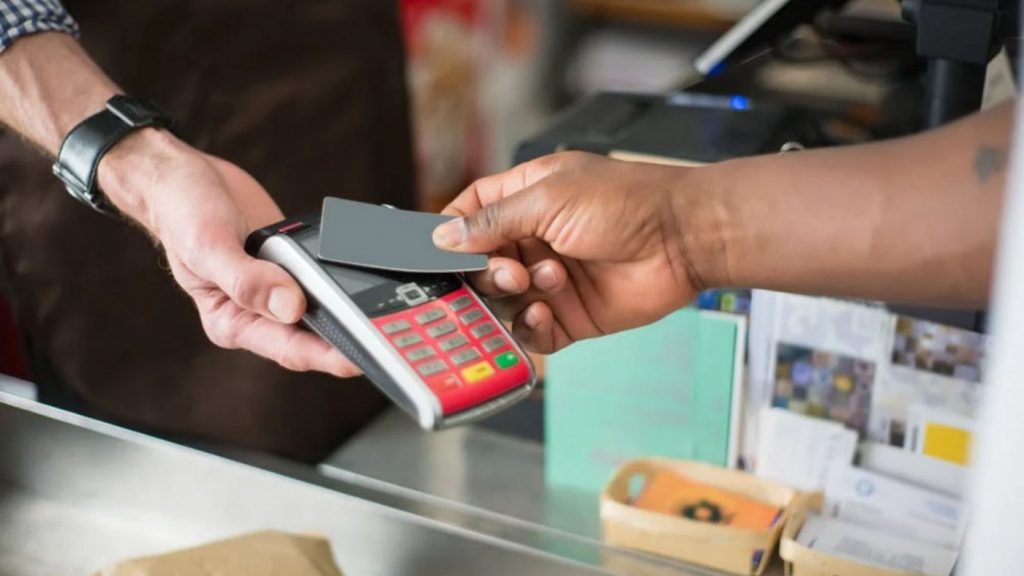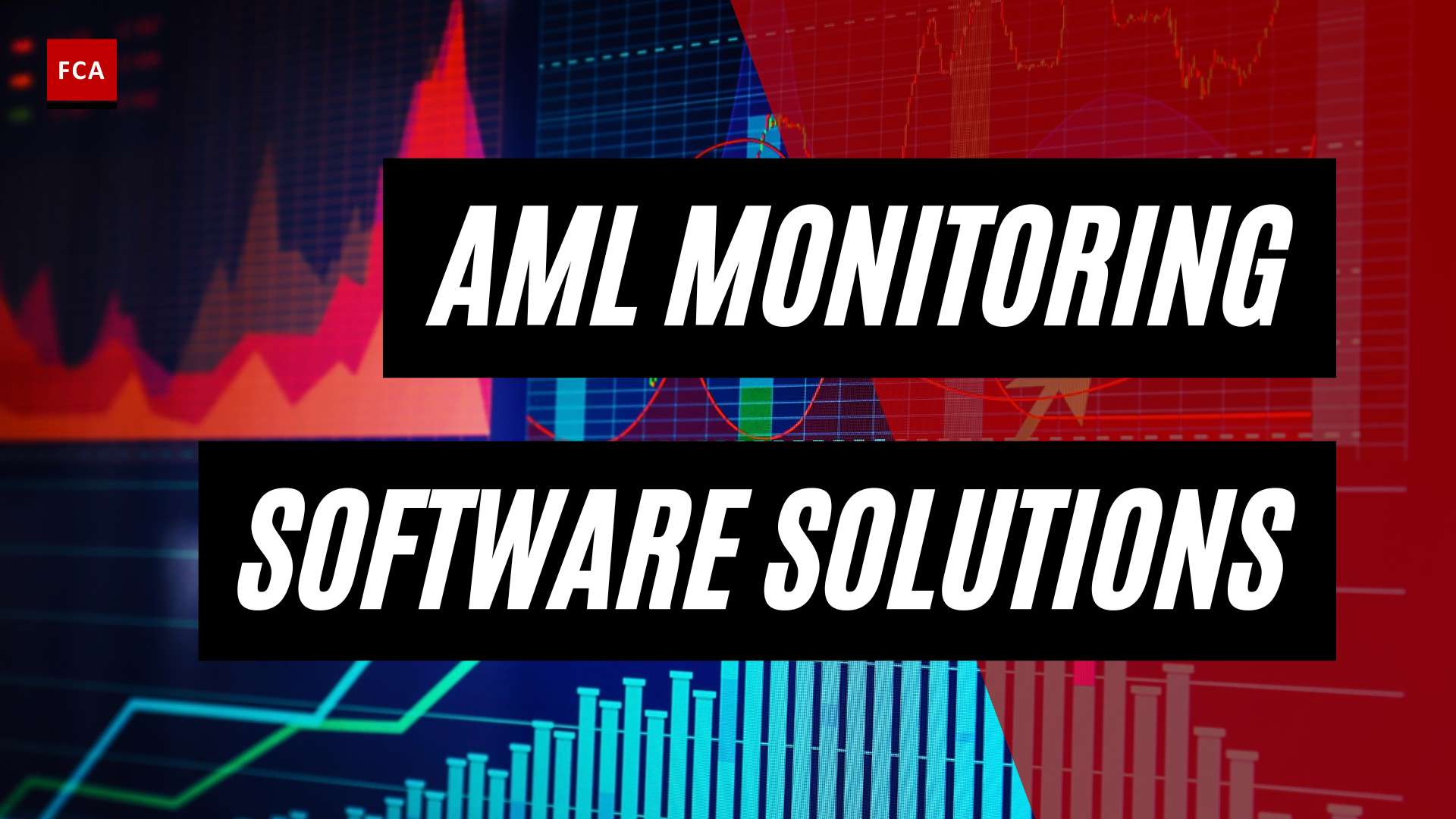Even though the cryptocurrency bitcoin has been around over one decade (yes it has been this long) there are still so many myths around it and hardly anyone knows how blockchain technology and cryptocurrencies work. This is especially true for quite a number of anti-financial crime and compliance organizations.
There are yet only a few experts that understand blockchain technology and cryptocurrencies from an anti-financial crime and compliance perspective. In this Essential Guide to Blockchain Technology, you will learn the nuts and bolts of blockchain technology that you can leverage for cryptocurrency financial crime compliance.
Table of Contents
- What Is A Blockchain?
- How Does A Blockchain Work?
- Understanding The Blockchain Consensus Mechanisms
- The Proof Of Work Mechanism
- The Proof Of Stake Mechanism
- Other Mechanisms
- What Can You Do With Blockchain Technology?
What Is A Blockchain?
In the simplest terms, a Blockchain is a diary that is almost impossible to forge.
In more advanced terms, the blockchain can be thought of as a distributed database. By these means, Blockchain is a particular type or subset of the so-called distributed ledger technology or DLT. DLT is a way of recording and sharing data across multiple data stores. All of these distributed and individual data stores together make up the database.
In practice, blockchain is a technology with many faces. It can exhibit different features and covers a wide array of systems that range from being fully open and permissionless to being permissioned:
- On an open, permissionless blockchain, a person can join or leave the network at will, without having to be approved by any entity. All that is needed to join the network and add transactions to the ledger is a computer on which the relevant software has been installed. There is no central owner of the network and software, and identical copies of the ledger are distributed to all the nodes in the network. The vast majority of cryptocurrencies currently in circulation is based on permissionless blockchains. This includes cryptocurrencies such as Bitcoin, Cash, Litecoin, and others.
- Secondly, there is the permissioned blockchain. On a permissioned blockchain, transaction validators – which are the nodes – have to be pre-selected by a network administrator. The network administrator sets the rules for the ledger to be able to join the network. This allows to easily verify the identity of the network participants. However, at the same time it also requires network participants to put trust in a central coordinating entity to select reliable network nodes. In general, permissioned blockchains can be further divided into two subcategories:
- On the one hand, there are open or public permissioned blockchains, which can be accessed and viewed by anyone, but where only authorised network participants can generate transactions and update the state of the ledger.
- On the other hand, there are closed or enterprise permissioned blockchains, where access is restricted and where only the network administrator can generate transactions and update the state of the ledger.

What is important to note is that just like on an open permissionless blockchain, transactions on an open permissioned blockchain can be validated and executed without the intermediation of a trusted third-party. Some cryptocurrencies, like Ripple and NEO utilise public permissioned blockchains.
How Does A Blockchain Work?
Essentially, the Blockchain can be thought of as a distributed database. Additions to this database are initiated by one of the members, which are the network nodes. These nodes usually exist in the form of computers. Each node maintains a copy of the entire Blockchain.
The nodes also create new blocks of data, which can contain all sorts of information. Among other information, the block contains a hash. A hash is a string of numbers and letters and each new block generates a hash. The hash does not only depend on the block itself, but also on the previous block’s hash. This is one of the reasons why the order of the blocks matters and why blocks are added to the Blockchain in the order that they occurred. Even a small change in a block creates a completely new hash.
After its creation, a new block is broadcasted to every party in the network in an encrypted form so that the transaction details are protected. The nodes of the network check the validity of each new block that is added. Once a block reaches a certain number of approved transactions then a new block is formed. The determination of the block’s validity happens in accordance with a pre-defined algorithmic validation method. This is commonly referred to as a “consensus mechanism”. The nodes check the hash of a block to make sure a block has not been changed.
Once validated, the new “block” is added to the blockchain. As soon as the nodes have approved the new Block, the Blockchain or ledger is updated with it, and it can no longer be changed or removed. It is therefore considered to be impossible to forge it. You can only add new entries to it and the registry is updated on all computers on the network at the same time.
The blocks are also signed with a digital signature using a private key. Every user on a blockchain network has a set of two keys: Firstly, A private key, which is used to create a digital signature for a block, And secondly, A Public key, which is known to everyone on the network. A public key has two uses. On the one hand, it serves as an address on the blockchain network. On another hand, it is used to verify a digital signature and validate the identity of the sender.
A user’s public and private keys are kept in a digital wallet or e-wallet. Such wallet can be stored or saved online and offline. Online storage is often referred to as hot storage and offline storage is commonly referred to as cold storage.
Understanding The Blockchain Consensus Mechanisms
In principle, any node within a blockchain network can propose the addition of new information to the blockchain. In order to validate whether this addition of information is legitimate, the nodes have to reach some form of agreement. Here a “consensus mechanism” comes into play. A consensus mechanism is a predefined specific, cryptographic validation method that ensures a correct sequencing of transactions on the blockchain. In the case of cryptocurrencies, such sequencing is required to address the issue of double-spending. Double-spending is when the same payment instrument or asset can be transferred more than once and would happen if transfers were not registered or controlled.
A consensus mechanism can be structured in a number of ways. In the context of cryptocurrencies there are two predominant consensus mechanisms, which are the Proof of Work mechanism and the Proof of Stake mechanism.
The Proof Of Work Mechanism
In this kind of system, network participants have to solve so-called “cryptographic puzzles” to be allowed to add new “blocks” to the blockchain. This puzzle-solving process is commonly referred to as “mining”. In simple terms, these cryptographic puzzles are made up out of all information previously recorded on the blockchain and a new set of transactions to be added to the next “block”. The input of each puzzle becomes larger over time, resulting in a more complex calculation. The PoW mechanism therefore requires a vast amount of computing resources, which consume a significant amount of electricity.
If a network participant solves a cryptographic puzzle, it proves that he has completed the work, and is rewarded with digital form of value – or in the case of a cryptocurrency, with a newly mined coin. This reward serves as an incentive to uphold the network.
The cryptocurrency Bitcoin is based on a PoW consensus mechanism. Other examples include Litecoin, Bitcoin Cash, Monero, and others.
The Proof Of Stake Mechanism
In a this kind of system, a node as a transaction validator must prove ownership of a certain asset in order to participate in the validation of transactions. In the case of cryptocurrencies, this would require a certain amount of coins. This act of validating transactions is called “forging” instead of “mining”.
For example, in the case of cryptocurrencies, a transaction validator will have to prove his “stake” of all coins in existence to be allowed to validate a transaction. Depending on how many coins he holds, he will have a higher chance of being the one to validate the next block. This has to do with the assumption that he may has greater seniority within the network earning him a more trusted position. The transaction validator is paid a transaction fee for his validation services by the transacting parties.
Cryptocurrencies such as Neo and Ada utilize a PoS consensus mechanism.
Other Mechanisms
The PoW and PoS mechanisms are far from the only consensus mechanisms currently in existence. Other examples include proof of service, proof of elapsed time and proof of capacity. In fact, many other consensus mechanisms are probably developed in this very second all over the world. Eventually, they will emerge and become part of a new cryptocurrency.
What Can You Do With Blockchain Technology?
Blockchain can theoretically be applied in a large variety of sector. This includes trade and commerce, healthcare, governance, and many other. In addition, it has numerous potential applications. It could have an impact on the pledging of collateral, on the registration of shares, bonds and other assets, on the transfer of property tiles, on the operation of land registers, etc.
One of the key advantages of blockchain technology is that it allows to simplify the execution of a wide array of transactions that would normally require the intermediation of a third party, such as a custodian, a bank, a securities settlement system, broker-dealers, a trade repository, or other third parties. In essence, blockchain is all about decentralizing trust and enabling decentralized authentication of transactions. Simply put, it allows to cut out the “middleman”.

In many cases this will likely lead to efficiency gains. However, it is important to underscore that it may also expose interacting parties to certain risks that were previously managed by these intermediaries. For instance, the Bank for International Settlements recently warned that the adoption of blockchain technology could introduce new liquidity risks. In general, it seems that when an intermediary has additional functions other than transaction execution alone, the intermediary cannot simply be replaced by blockchain technology. Especially when the intermediary functions as a buffer against important risks, such as systemic risk, he may not be replaced by Blockchain technology – Or at least not yet.
Now you know everything you need to know about the Blockchain, key concept, terms and definitions, working principles, and application areas.









